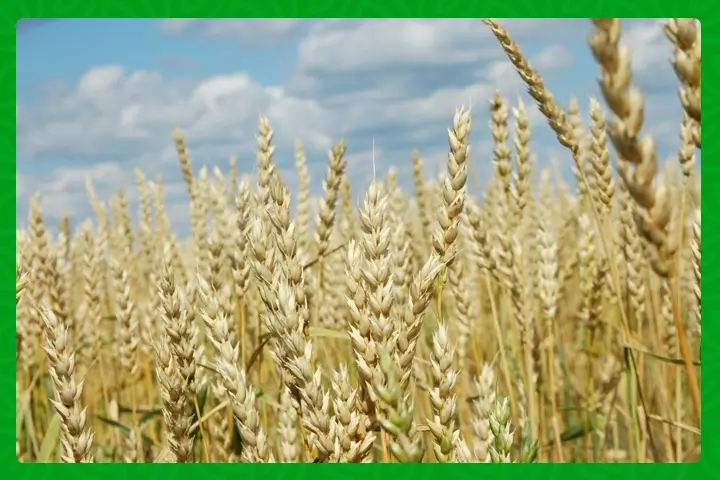
In a stark revelation, a recent study has sounded the alarm bells, predicting a staggering 13% reduction in global wheat production by the year 2050. The culprit behind this ominous forecast? Wheat blast, an insidious disease fueled by the relentless march of climate change.
Originating in Brazil in 1985, wheat blast has since spread its tentacles across borders, infiltrating both neighboring nations and distant shores. Now, under the ominous shadow of climate change, its reach is set to expand further, with tropical regions bearing the brunt of its onslaught, placing a staggering 6.4 million hectares of arable land at risk.
The harrowing prognosis doesn’t stop there. By mid-century, the threat is projected to swell to a staggering 13.5 million hectares, driven by a perfect storm of escalating temperatures and prolonged leaf wetness, courtesy of rising humidity levels. Such conditions provide the ideal breeding ground for the fungal pathogen Magnaporthe oryzae pathotype Triticum, heralding a grim future for global wheat production.
The study, conducted under the framework of Representative Concentration Pathway 8.5, paints a sobering picture of the impending crisis. With a more humid and warmer climate on the horizon, particularly in the Southern Hemisphere, wheat blast’s domain is poised to expand exponentially, exacting a toll of 69 million tons annually by 2050.
Areas ripe for infection are predominantly clustered in lower latitudes, where optimal environmental conditions for wheat blast thrive. Despite being untouched by the disease thus far, regions such as Uruguay, Central America, and Southeastern USA are identified as potential targets in the crosshairs of this agricultural menace.
Utilizing advanced modeling techniques, the study offers a glimpse into the future trajectory of wheat blast’s proliferation. Projections indicate a trajectory primarily confined to the tropics and Southern Hemisphere, propelled by escalating temperatures and humidity levels.
In South America, epicenters of vulnerability include Brazil, Argentina, Bolivia, and Paraguay, with the disease poised to gain a foothold in previously unaffected territories like Uruguay, Japan, and Italy. Africa too faces an uphill battle, with countries such as Zambia, Ethiopia, and Kenya bracing for yield losses as wheat blast encroaches upon vulnerable regions.
Even regions traditionally insulated from such threats, like Europe and North America, are not immune. Under the looming specter of climate change, these areas face a stark reality, with vulnerabilities set to expand to 5% and 12% of total wheat-growing areas, respectively.
As the threat looms large, proactive measures become imperative. Farmers are urged to diversify crops, shifting towards less susceptible alternatives to mitigate financial losses. Furthermore, the development of blast-resistant wheat varieties represents a crucial linchpin in the battle against this relentless adversary.
The study’s findings serve as a clarion call, underscoring the urgent need for coordinated action to confront the specter of wheat blast head-on. As the global community grapples with the multifaceted challenges posed by climate change, adaptive strategies and collaborative efforts hold the key to safeguarding our agricultural heritage and securing food security for generations to come.
Original article written by Zablon Oyugi
Stay updated with the latest farming tips and agriculture industry news from Africa by subscribing to our newsletter. Don’t miss out on valuable insights and updates. Follow us on Twitter, LinkedIn, and Facebook to join our farming community and stay connected with us.



















